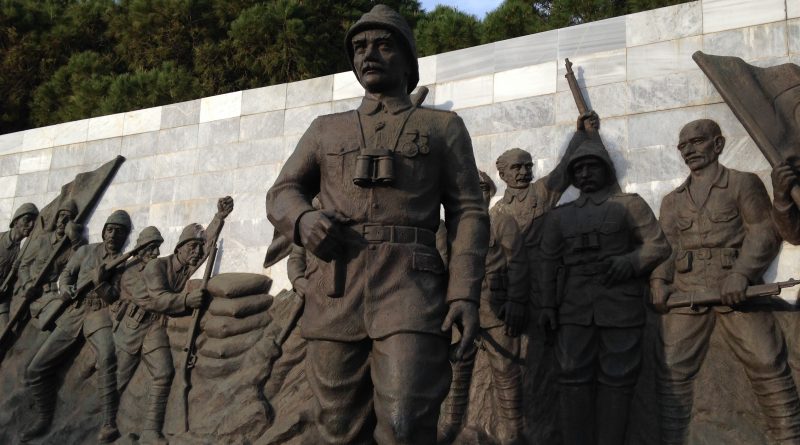
Ottomans versus Christians | Battle for Europe | Dream of Empire
From its origins as a nomadic Turkoman tribe from central Asia, the Ottoman Empire became one of the world’s most impressive super powers, dominating swathes of the Middle East, Northern Africa and South Eastern Europe for some 500 years.
As a leader of the Islamic world, it’s incursions into Europe were often seen as a religious offensive, sparking a titanic power struggle between the forces of Christianity and Islam. The reality, we discover, was much more complex.
In this timely series, Presenter Julian Davison, takes us on a swashbuckling journey across Turkey, the Balkans and Russia, charting the Ottoman Empire’s extraordinary military campaigns into Europe and witnessing, first hand, many of its legacies.
In this first episode we follow the Ottomans rise from obscure beginnings as a nomadic tribe in Anatolia to their game changing conquest of the famed Byzantine capitol of Orthodox Christianity, Constantinople.
Julian’s journey begins in Bursa, the Ottomans first capitol city and one of Turkey’s historical gems, where he explores the wealth of early Ottoman architecture and examines the legends, cultural traditions and unique circumstances that helped give birth to an empire.
Then it’s off to the Dardanelles Straits where Julian picks up the trail of the first Ottoman warriors who crossed over into the European continent at Gallipoli.
Once on European soil, the Ottoman advance was quick. Bypassing Constantinople they pushed into Thrace, Macedonia and Bulgaria encountering little resistance.
With the help of leading Historians, Ottoman Army re-enactors, and Turkish Oil Wrestling champions no less, Julian uncovers some of the secrets to Ottoman success.
As the Ottoman army pushed deeper into Europe, they came up against their first serious challenge when they entered the Kingdom of Serbia. Staunch Orthodox Christians, the Serbian armies put up a brave fight but were ultimately defeated at the legendary Battle of Kosovo in 1389.
To understand more about the battle and the mark it left on the Serbian collective consciousness, Julian travels to Kosovo and attends an annual commemoration of the battle by patriotic Serbs who see it as a defining moment in their country’s history.
While in Kosovo, Julian takes a trip to Prizren to explore some of the Ottoman legacies in the region. He braves an ancient piercing ritual conducted by the town’s Rufai Dervishes and gains an insight into religious life during Ottoman rule in the Balkans.
Then it’s on to Budapest, Hungary, where Julian examines the growing resistance to Ottoman expansion in Europe in the late 14th century, under the leadership of Hungarian King Sigismund.
Journeying down the spectacular Danube River all the way from Budapest to Nikopol, Bulgaria, Julian follows in the footsteps of the Hungarian led coalition of crusader knights that, some 500 years previous, set out to vanquish the Ottoman menace from Europe once and for all.
Reaching the tiny Danubian village of Nikopol, Julian explores the remains of a battle that ended in humiliation and defeat for the Crusaders and secured the Balkans for the Ottomans.
All that remained was the symbolic heart of Eastern Christianity itself, Constantinople, and by the beginning of the 15th century the Ottomans had the city surrounded.
Julian travels to Constantinople, today’s Istanbul, to relive the dramatic moments of the famed siege that changed Europe and explore the tactics used by the Ottoman’s ambitious young Sultan, Mehmed II.
The fall of Constantinople was a turning point. Likened to the attacks of 9/11 in its scale and significance, it shocked Christian Europe to the core and set the stage for a mighty power struggle that would last for hundreds of years.
For the Ottomans, the conquest of Constantinople was the crowning achievement of an aspiring power. It signalled their pre-eminence in the Islamic world and empowered the Empire to strike deeper into the heart of Europe – a subject we explore in.
